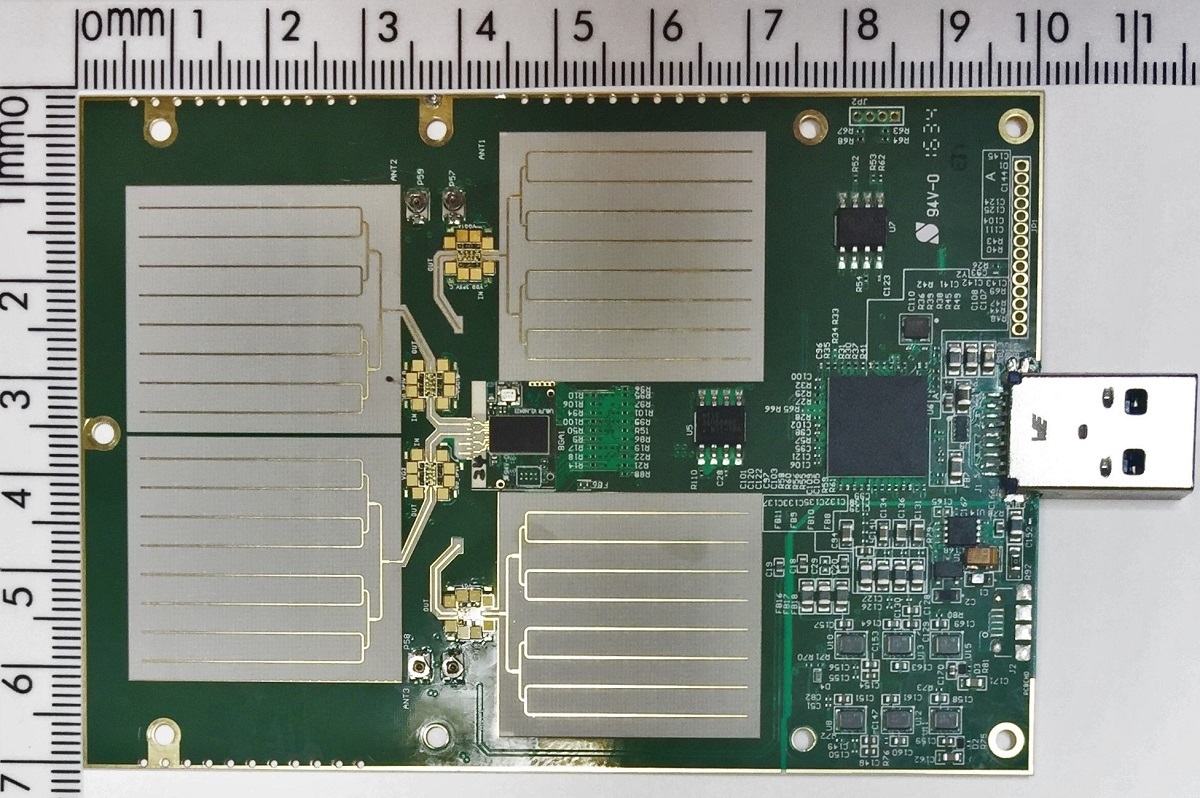Short Answer: NO.
Longer Answer: There are a couple of reasons for the answer being NO:
-
- All the WiGig implementers started their WiGig prototypes using Single Carrier PHYs (SC_PHY), which took a lot longer to get ready for the mass consumer market than any of us planned on. Consequently many of the implementers independently decided to hold off on developing an OFDM based WiGig until after their SC_PHY based WiGig products gained traction in the market place.
- Although the IEEE 802.11ad-2012 Standard specifies the requirements for both Directional Multi-Gigabit (DMG) SC_PHYs and OFDM_PHYs, the IEEE 802.11 MC Taskgroup decided in 2016 to incorporate into its comprehensive IEEE 802.11-2016 Standard this paragraph in the DMG_OFDM_PHY Clause 20.5:
“Transmission and reception of DMG OFDM mode PPDUs (PHY Protocol Data Units) is optional. The use of the DMG OFDM mode is obsolete. Consequently, this option may be removed in a later revision of the standard.” The reason for this change in the WiGig specification has more to do with a) a realization that the DMG_OFDM mode is not currently being supported (i.e the market has spoken); and b) that the DMG_OFDM PHY header as it had been specified in the 802.11ad-2012 standard did not provide enough information to enable DMG_SC_PHY mode devices to determine how long a DMG_OFDM_PHY transmission would last should it acquire the wireless medium first. The consequences of which would mean that a heterogeneous wireless network composed of DMG_SC_PHY mode devices and DMG_OFDM_PHY mode devices would not play well together.
Bottom Line: A DMG_OFDM_PHY mode device as currently specified in the IEEE 802.11-2016 Standard is now officially dead. However, stay tuned for what will evolve out of the debates currently underway in the IEEE 802.11ay Taskgroup. The 802.11ay Taskgroup is tasked with defining the next generation of higher performance 60GHz PHYs and protocols, or as Maverick and Goose so famously exclaimed in the movie Top Gun “[We] feel the need for speed!“

